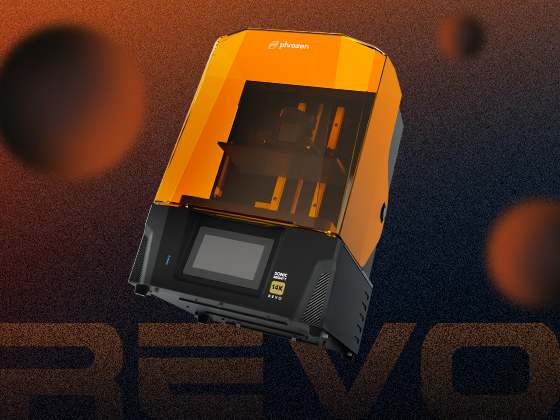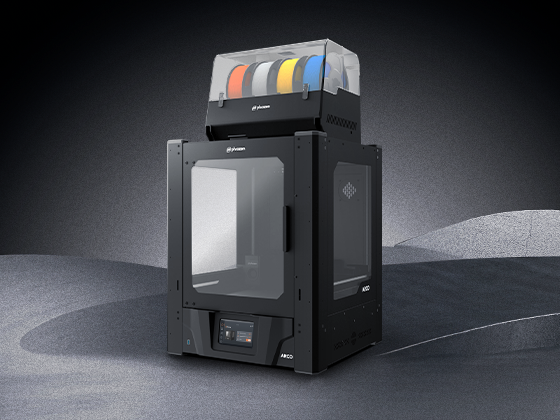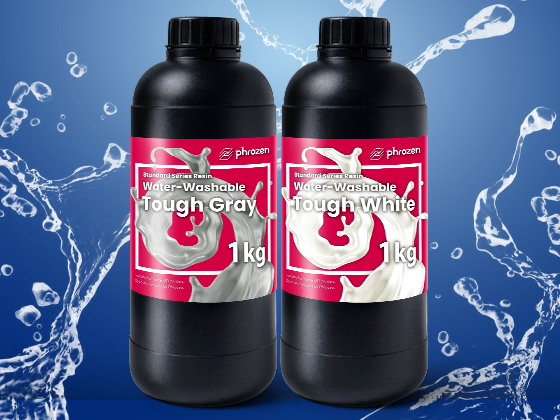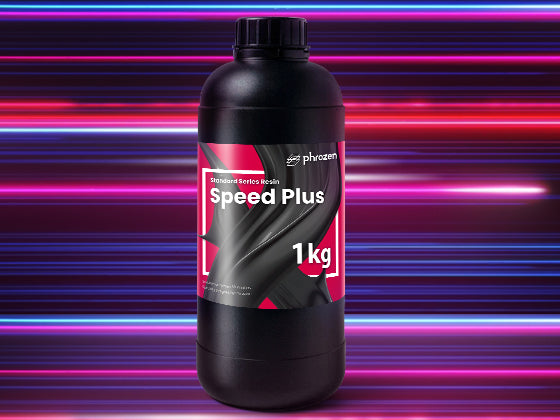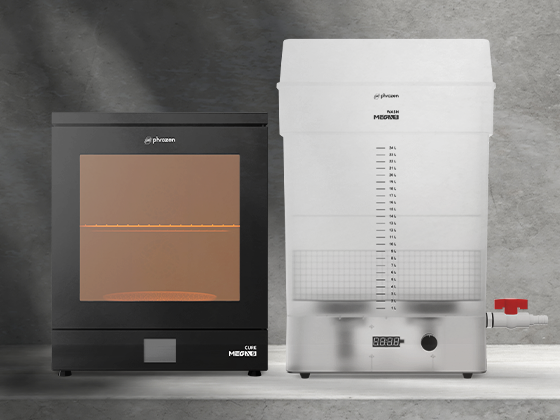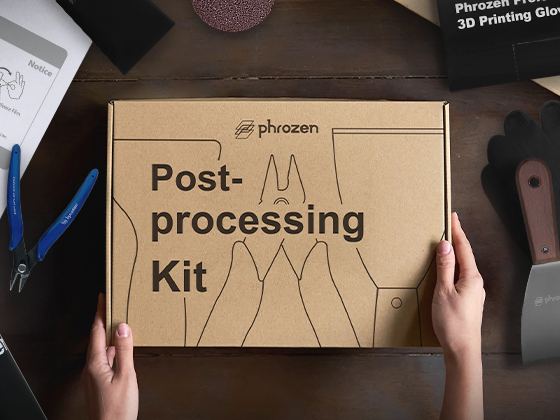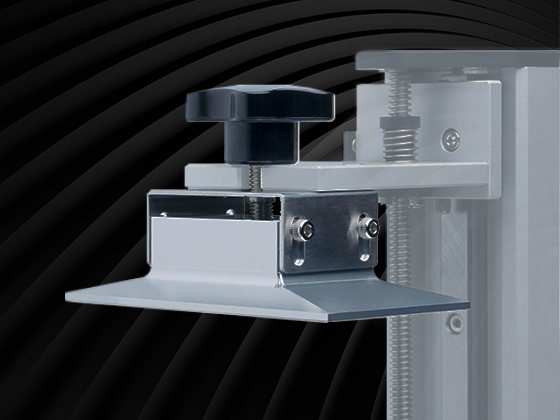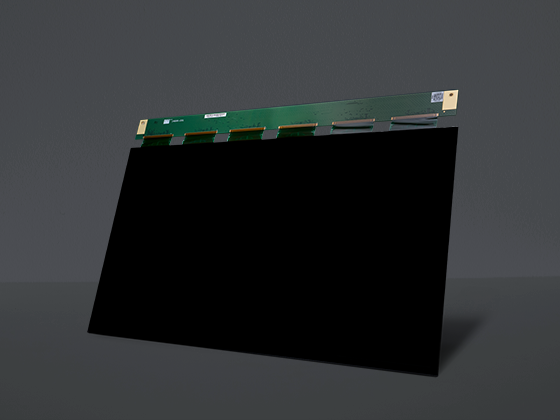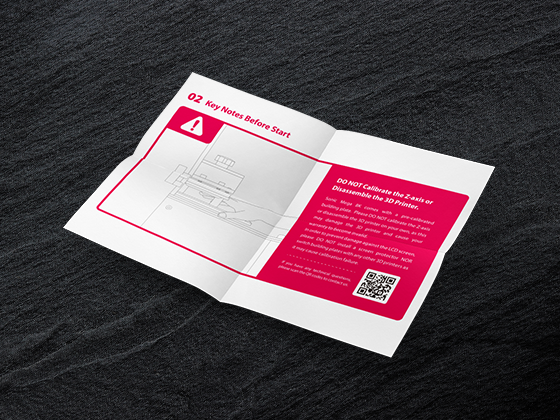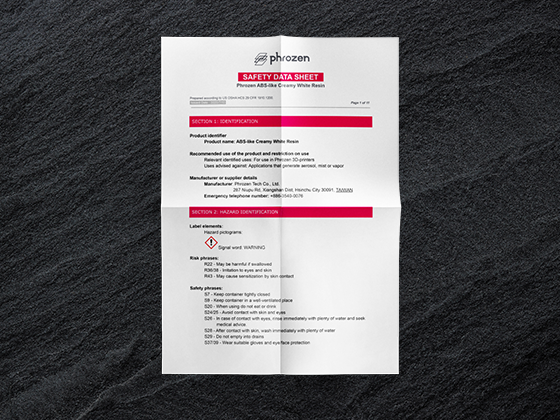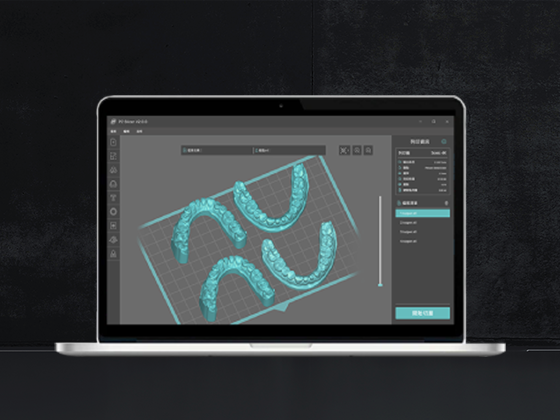Imagine this: You have an incredible idea for a product that could disrupt the market, but the clock is ticking, and your competitors are not far behind.
Getting your product from concept to reality is a race against time, and every iteration of your design feels like it’s taking longer than it should.
Traditional methods are slowing you down, whether it’s CNC machining or injection molding. Not to mention, they’re eating into your budget and stretching your timeline.
So, what’s the solution? 3D printing prototype technology. It’s faster, more cost-effective, and offers a level of flexibility that traditional methods simply can’t match.
In this blog, we’re going to walk you through why 3D printing rapid prototyping is the game-changer you need and how the Sonic Mega 8K V2 might just be the best prototyping 3D printer you’ll ever find.
The Problem with Traditional Prototyping Methods

Traditional prototyping methods are time-consuming and expensive. (Photo by Andrea Piacquadio)
When you’re working on a new product, speed and precision are everything. You need a prototype to test the design, see how it functions, and understand what improvements can be made.
But traditional prototyping methods like CNC machining or injection molding are often time-consuming and expensive. They require molds, tooling, and often weeks to get a single prototype made. Worse, if you need to make adjustments, you have to go back to square one. Not exactly ideal when you’re trying to outpace your competition.
The Solution: 3D Printing for Prototyping
Enter 3D printing in prototyping, a solution that accelerates the entire development process. With 3D printing, you can create complex designs faster, make iterations on the fly, and significantly reduce your costs. What used to take weeks can now be done in days—or even hours.
Let’s break down why 3D printing prototype technology is changing the way industries develop products:
- Speed and Agility: Forget waiting for weeks. With 3D printing, you can go from digital design to physical prototype in as little as 24 hours. This means you can test your ideas faster and get to market sooner.
- Cost-Effectiveness: Unlike traditional methods, which require costly tooling and molds, 3D printing allows you to make prototypes at a fraction of the cost. Especially if you’re creating 3D printing rapid prototyping for a small batch, the savings are substantial.
- Design Flexibility: One of the biggest advantages of 3D printing is its ability to produce complex geometries. You’re not limited by the constraints of traditional manufacturing, so you can really push the boundaries of your design.
But that’s not all. 3D printing gives you the freedom to experiment without breaking the bank. Whether you’re making a 3D printed prototype example to test functionality or aesthetics, you can easily tweak your design and print again. It’s as simple as loading your design into the printer, hitting print, and letting the machine do the rest.
Types of 3D Prototypes You Can Create
Now that we know why 3D printing is perfect for rapid prototyping, let’s dive into the types of prototypes you can create. Each type serves a different purpose, so let’s walk through some 3D printing examples:
- Proof-of-Concept Prototypes: These are the most basic prototypes, designed to test your core assumptions. You’re not concerned about aesthetics here—just whether or not your idea works. For example, you could create a simplified version of a bicycle frame to test its durability.
- Visual Prototypes: If you want to see how your product will look, this is where 3D printing shines. You can create prototypes that show the shape, color, and texture of your product. For instance, designers can 3D print a camera housing to see how it fits into the hand.
- Functional Prototypes: These are working models designed to test form, fit, and function. For example, automotive companies might create 3D printing prototype parts to see how they hold up in real-world conditions.
- Pre-Production Prototypes: These are as close as you get to the final product before full-scale manufacturing. You’ll use these to make sure everything is just right, from performance to aesthetics.
By now, you can see how flexible 3D printing in prototyping is. But the real question is: What’s the best prototyping 3D printer to help you achieve this?
Meet the Sonic Mega 8K V2: The Ultimate 3D Printer for Prototyping
When it comes to choosing the best prototyping 3D printer, you need something that can handle the demands of rapid prototyping without compromising on quality. That’s where the Sonic Mega 8K V2 comes into play. This printer isn’t just another 3D printer; it’s a powerhouse designed for serious prototyping work.
Let’s break down what makes the Sonic Mega 8K V2 stand out:
- Large Build Volume: One of the biggest challenges in 3D printing is limited build space. But with the Sonic Mega 8K V2, that’s no longer an issue. The extra-large build space allows you to print larger prototypes or multiple smaller versions in a single batch. This means you can test multiple variations simultaneously, cutting down your testing time significantly.
- 43 µm XY-Resolution: Precision is key when creating functional prototypes. The Sonic Mega 8K V2’s high-resolution ensures every detail of your design is captured perfectly. Whether you’re printing intricate medical devices or automotive parts, this printer’s accuracy means fewer iterations, saving you even more time.
- Cost-Effective Small-Batch Production: Traditional methods like CNC or injection molding aren’t exactly budget-friendly for small batches. But with the Sonic Mega 8K V2, you can create small batches of prototypes at a fraction of the cost. This is especially useful when you need to validate designs before moving to full-scale production.
- Faster Print Speed: Time is money, and with the Sonic Mega 8K V2’s faster print speeds, you’ll be saving both. Whether you’re creating racing car components or wind tunnel test models, you’ll get the job done in less time without sacrificing quality.
But don’t just take our word for it. Take a look at 3D printed prototype examples like the battery holder for the NTUST electric race car or the wind tunnel tests for the Innoptus Solar Team. These projects benefited from the Sonic Mega 8K V2’s precision and speed, allowing their teams to develop functional prototypes that were both cost-effective and time-efficient.
To learn more about optimizing your 3D prints for prototyping, check out this guide on improving 3D print quality.
How 3D Printing Can Transform Your Prototyping Process
So, how can you incorporate the Sonic Mega 8K V2 into your prototyping workflow? It’s all about leveraging the printer’s capabilities to meet your project’s unique demands. Whether you’re in automotive, medical, or product development, the Sonic Mega 8K V2 offers the speed, precision, and flexibility you need to turn ideas into reality.
If you’re running a small business, this printer could be the key to unlocking rapid innovation. Not sure where to start? Check out this guide on the best 3D printer for a small business to get insights into how 3D printing can help streamline your operations.
Conclusion: Ready to Revolutionize Your Prototyping?
The world of product development is fast-paced, and staying ahead means being able to iterate quickly, test thoroughly, and bring your ideas to life in record time. With the power of 3D printing prototype technology, and the unmatched capabilities of the Sonic Mega 8K V2, you have everything you need to accelerate your prototyping process.
Whether you’re creating functional prototypes, testing new ideas, or refining your designs, the Sonic Mega 8K V2 offers a cost-effective, fast, and precise solution. Ready to take your product development to the next level? Explore the Sonic Mega 8K V2 and see how it can transform your prototyping process today.

